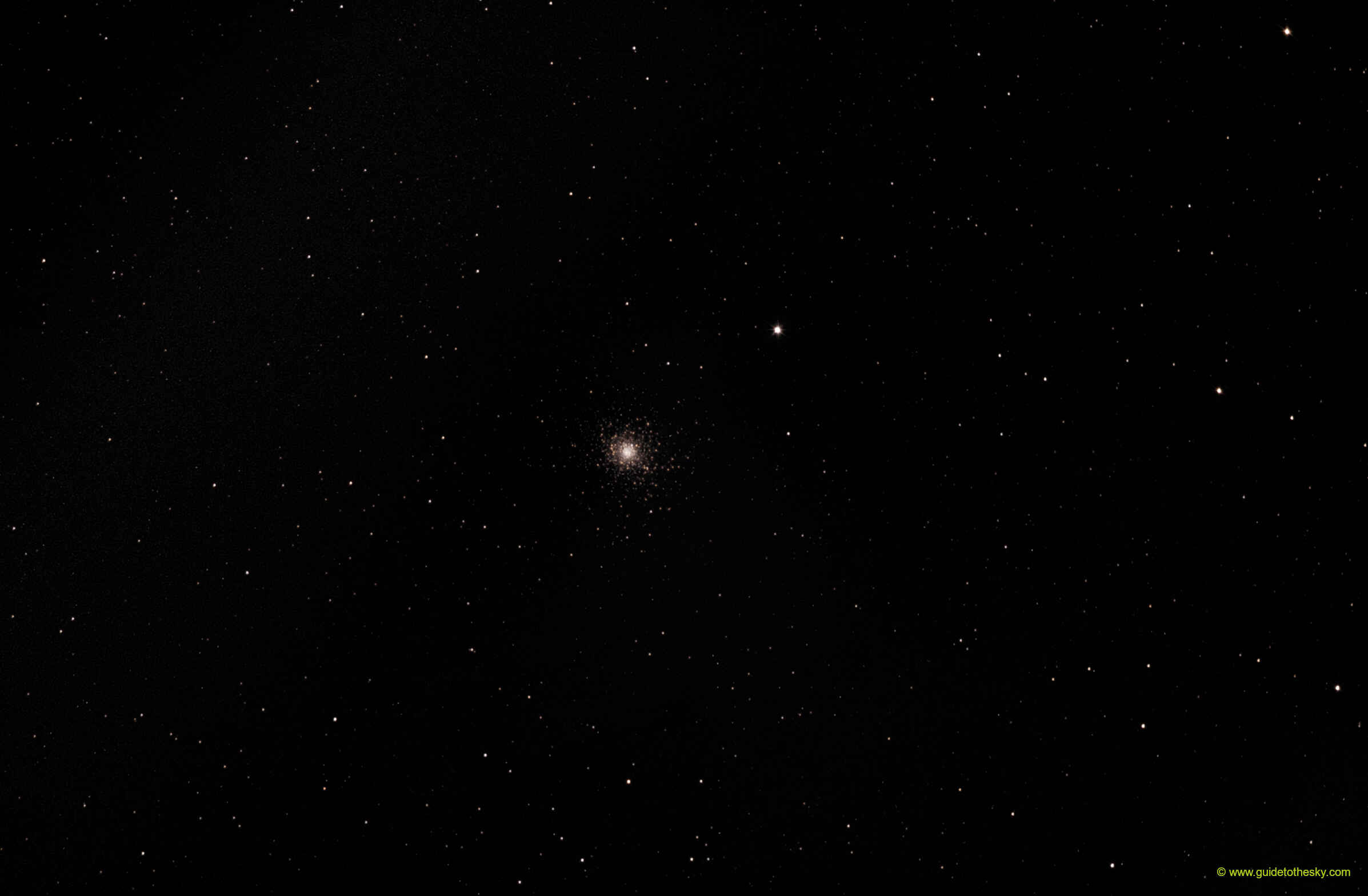Messier 5 - Ophiuchus
Rosa

El cúmulo de la Rosa o M5 es uno de los prícipales cúmulos globulares de la constelación de Ofiuco brilla con magnitud 6.
Es un objeto espectacular, una esfera de estrellas gigantes que dista de la Tierra unos {{ object[0].M5.mesDistances[0].dist }} {{ object[0].M5.mesDistances[0].unit }}.
Es un objeto espectacular, una esfera de estrellas gigantes que dista de la Tierra unos {{ object[0].M5.mesDistances[0].dist }} {{ object[0].M5.mesDistances[0].unit }}.
M5 - Rosa - en la IA
Messier 5 (M5, NGC 5904) is a globular cluster in the constellation Serpens. Here's a breakdown of its key characteristics and information:
Key Characteristics:
- Type: Globular Cluster
- Constellation: Serpens
- Distance: Approximately 24,500 light-years from Earth
- Diameter: Roughly 165 light-years across
- Magnitude: Visual magnitude of 5.6
- Age: Estimated to be around 10.6 billion years old
- Variable Stars: Contains a high number of known variable stars, including over 100 RR Lyrae variables, which are useful for determining distances.
What makes Messier 5 interesting:
- Brightness and Size: It's one of the brighter and larger globular clusters in the Messier catalog, making it a relatively easy target for observation, even with small telescopes.
- Rich in Variable Stars: The abundance of variable stars, especially RR Lyrae stars, makes it an important object for studying stellar evolution and determining accurate distances.
- Appearance: When viewed through a telescope, M5 appears as a densely packed sphere of stars, with a brighter core and gradually fading outer regions. Higher magnification can resolve individual stars, especially in the outer regions.
How to observe Messier 5:
- Location: Find the constellation Serpens (specifically, Serpens Caput, the head of the serpent). M5 is located about 8 degrees southwest of the star 5 Serpentis.
- Equipment:
- Binoculars: Visible as a faint, fuzzy patch of light under dark skies.
- Small Telescope: Resolves some of the brighter stars, especially in the outer regions of the cluster.
- Larger Telescope: Reveals more stars and finer details within the cluster, showcasing its rich structure.
- Best Time to Observe: Best viewed during the spring and summer months when Serpens is high in the night sky.
In summary, Messier 5 is a beautiful and fascinating globular cluster that offers a rewarding observing experience for amateur astronomers. Its brightness, size, and abundance of variable stars make it a popular target for both visual observation and scientific study.
Más información sobre Messier 5 en NASA/IPAC.
Mapa alrededor de Messier 5
Otros identificadores de M5:
"C 1516+022" ,"GCl 34" ,"M 5" ,"NGC 5904" ,"[KPS2012] MWSC 2286","GCRV 5244 E" ,

